Capacity-building for Gynaecologic Cancers in LMICs
“What is known regarding surgical workforce capacity-building interventions for gynaecological cancer, with special attention to Cervical Cancer?”
Following the launch of the World Health Organization's Strategy to accelerate the Cervical Cancer Elimination Initiative, diagnosis is expected to increase, especially in low- and middle-income countries (LMICs). A well-integrated surgical system is critical to treat cervical cancer.
Two major approaches have been employed to build human capacity: task-sharing and training of gynaecologic oncologists. Our review aimed to explore existing literature on capacity-building for surgical management of early-stage gynaecologic cancers.
37% of included studies focus on task-shifting and/or -sharing, which refers to the redistribution of tasks among health workforce teams or sharing tasks between health workforce team to fill the gap of subspecialized and non-subspecialized staff. Key findings noted fellowship and mentorship programs as key capacity-building interventions, as well as the use of virtual reality/simulation, tele-mentoring, and e-learning to develop surgical capacity.
While capacity-building and task-sharing programs demonstrate encouraging results to meet this need; a standardized methodology is needed to evaluate these programs, their outcomes, and cost-effectiveness.
You can request the full article by sending us a message.
This article is by Sarah K. Hill, Nefti Bempong-Ahun, Isioma Dianne Okolo, Amber Trujillo Lalla, Dawit Worku, Tadios Asres, Lisa Philpotts, Parisa N. Fallah, John Varallo, Scott Corlew, Paul Kamfwa, Groesbeck P. Parham, Michael L. Hicks, Geoffrey Ibbotson and Thomas Randall and was published by the International Journal of Gynaecology & Obstetrics.
Stay up to date!
Learn more about our Women’s Health Programme here
Request the full article here
Watch our roundtable discussion with leading experts on Strengthening the surgical workforce to eliminate Cervical Cancer

